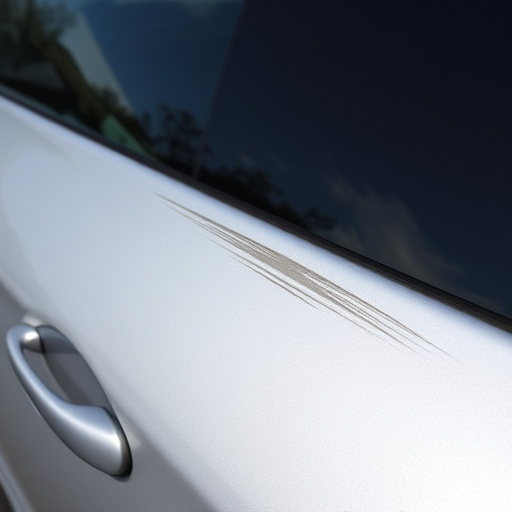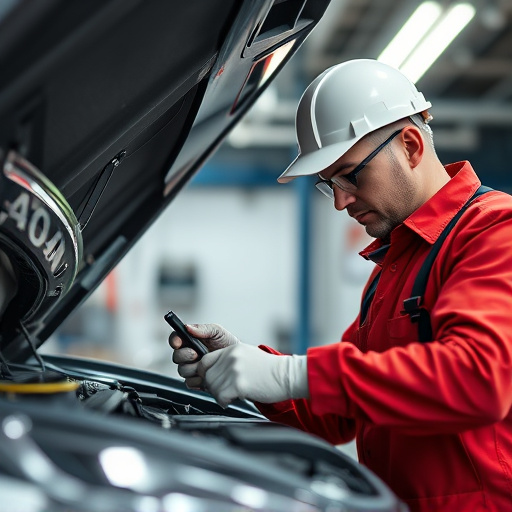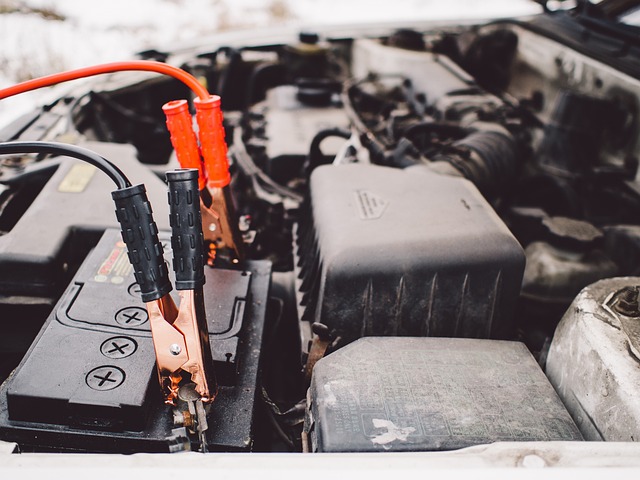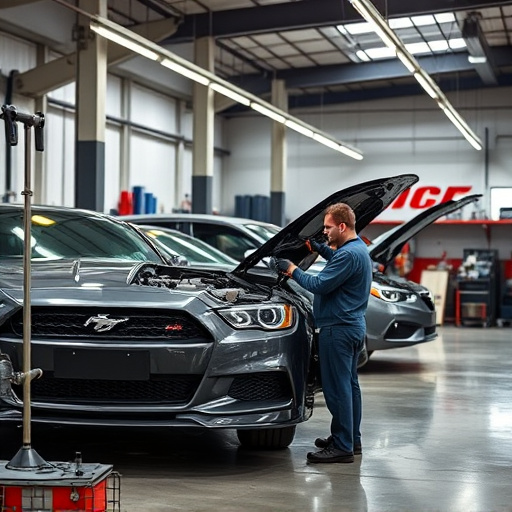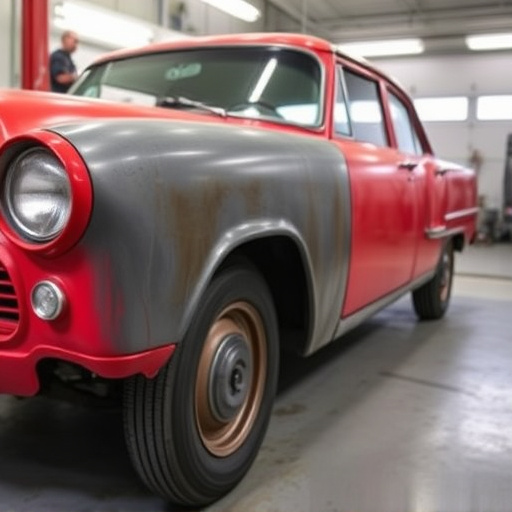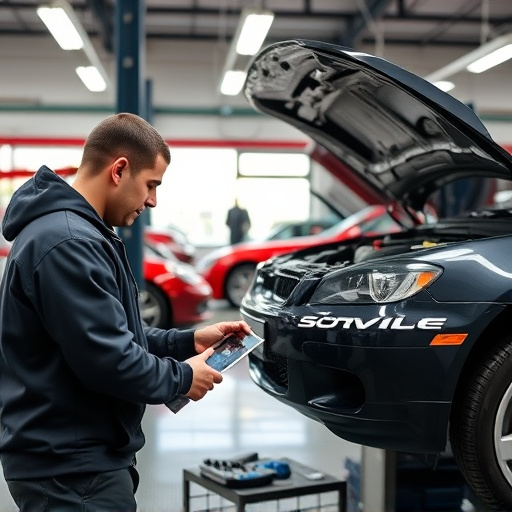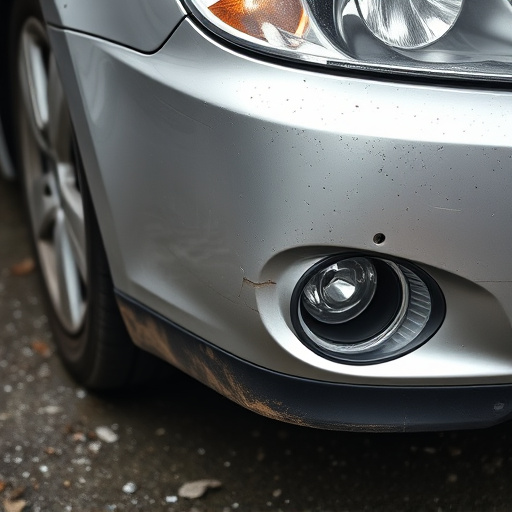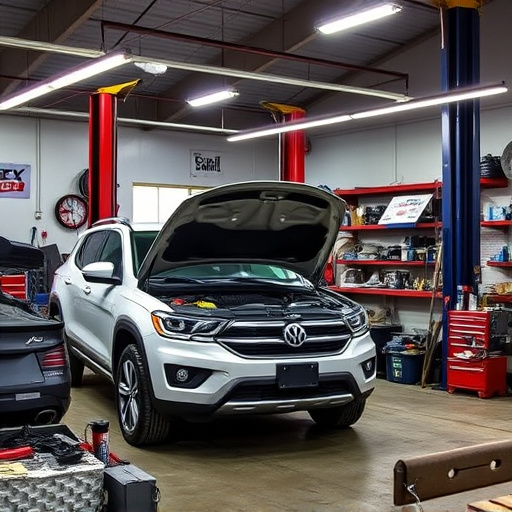Induction heating repair is a specialized field vital for maintaining and enhancing efficiency in industrial operations, particularly vehicle collision repair and autobody work. Technicians address issues with inductors, power supplies, or heated materials using diagnostic tools, performing repairs from simple wire replacements to complex adjustments and part substitutions. This critical process minimizes downtime, maximizes output, ensures quality control, and delivers flawless craftsmanship, while strategic investments in induction heating repair offer long-term cost savings through efficient maintenance, reduced energy consumption, and optimized workshop efficiency.
Induction heating repair is a game-changer for shops looking to enhance efficiency. This powerful technology, integral to many industrial processes, demands meticulous care and maintenance. By delving into the fundamentals of induction heating repair, we uncover its profound impact on shop dynamics. From boosting production speed and quality to delivering long-term cost savings, this article explores how effective induction heating repair contributes to a more robust and profitable workshop.
- Understanding Induction Heating Repair Basics
- The Impact on Production Speed and Quality
- Long-term Cost Savings and Improved Shop Dynamics
Understanding Induction Heating Repair Basics
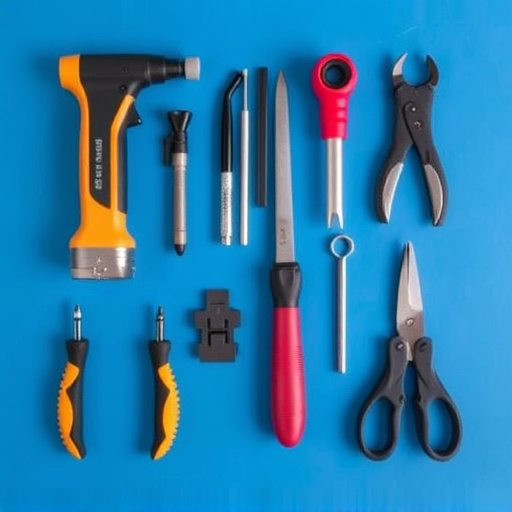
Induction heating repair is a specialized process that plays a pivotal role in maintaining and enhancing the efficiency of various industrial operations, particularly within vehicle collision repair and autobody repairs. At its core, induction heating involves using electromagnetic fields to generate heat within conductive materials, making it an indispensable technique for metalworking. By understanding the fundamentals of this process, repair technicians can effectively address issues related to heating equipment, ensuring optimal performance and productivity in workshops.
The basics of induction heating repair revolve around identifying and rectifying problems with the inductors, power supplies, or the material being heated. Common challenges include faulty wiring, worn-out components, or inconsistent heating patterns. Skilled technicians employ diagnostic tools to pinpoint these issues, often involving complex electrical systems. Once identified, repairs can range from simple wire replacements to more intricate adjustments and part substitutions, ultimately aiming to restore the induction heating system’s efficiency and accuracy in autobody repairs and collision repair settings.
The Impact on Production Speed and Quality
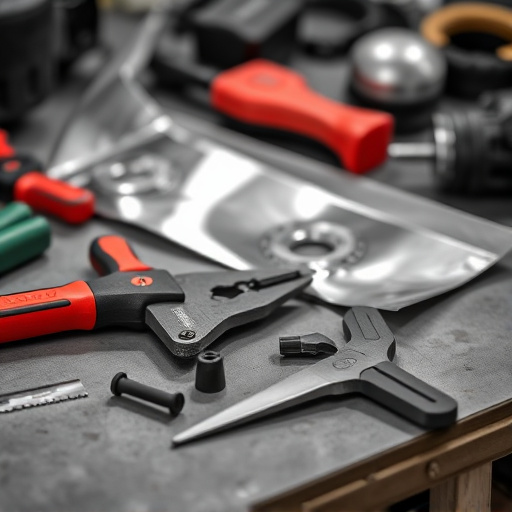
Efficient production is a key metric for any automotive shop, and induction heating repair plays a pivotal role in achieving this. By swiftly addressing issues with induction heating equipment, workshops can significantly enhance their production speed. This rapid repair process ensures that the machines are back up and running in no time, minimizing downtime and maximizing output.
The benefits extend beyond speed. Quality control is paramount in vehicle repair, especially for intricate tasks like car bodywork. Induction heating repairs, when conducted efficiently, maintain the precision and consistency required for top-tier automotive repair. This ensures that each vehicle leaves the shop with flawless craftsmanship, meeting or exceeding customer expectations.
Long-term Cost Savings and Improved Shop Dynamics
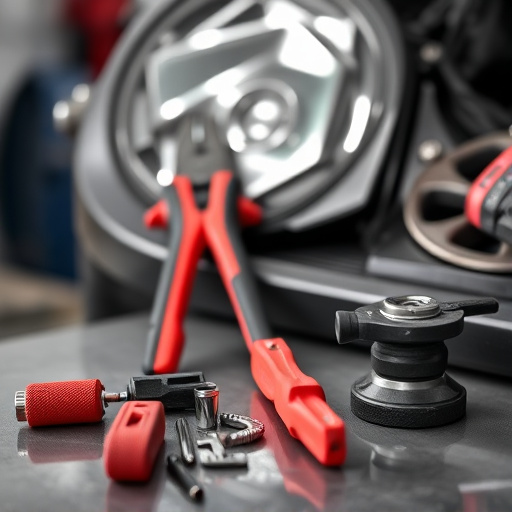
Investing in induction heating repair can lead to significant long-term cost savings for automotive shops. By efficiently maintaining and repairing heating equipment, shops can reduce energy consumption and minimize downtime, which are often major expenses in the auto painting and car damage repair industries. Well-maintained induction systems contribute to smoother shop dynamics by ensuring consistent heat delivery during processes like bumper repair, leading to higher productivity and improved job completion rates.
This proactive approach not only saves money but also enhances the overall efficiency of the workshop. With reliable induction heating equipment, mechanics can focus on other critical tasks, streamlining operations and potentially reducing labor costs associated with frequent equipment failures. As a result, shops can offer faster turnaround times for various services, including bumper repair, enhancing customer satisfaction and fostering long-term relationships.
Induction heating repair is a powerful tool for shops aiming to enhance efficiency. By addressing heating issues promptly, businesses can achieve significant improvements in production speed and quality, ensuring consistent output and satisfied customers. Moreover, long-term cost savings and optimized shop dynamics make this an indispensable strategy for any facility relying on induction heating technology. Incorporating regular maintenance and swift repairs into your workflow will not only extend equipment lifespan but also drive overall operational excellence.

